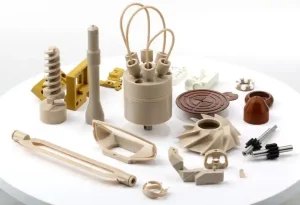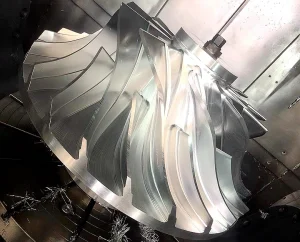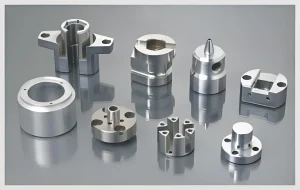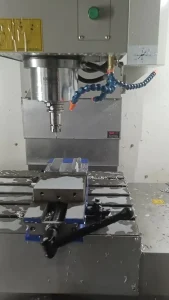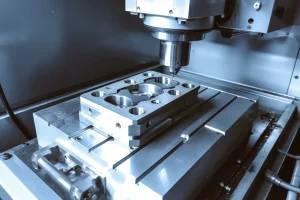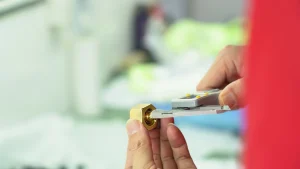Common cutting methods in CNC machining centers are divided into six categories: reciprocating cutting; unidirectional cutting; unidirectional cutting along the contour; following the periphery cutting; following the workpiece cutting; cycloidal cutting.
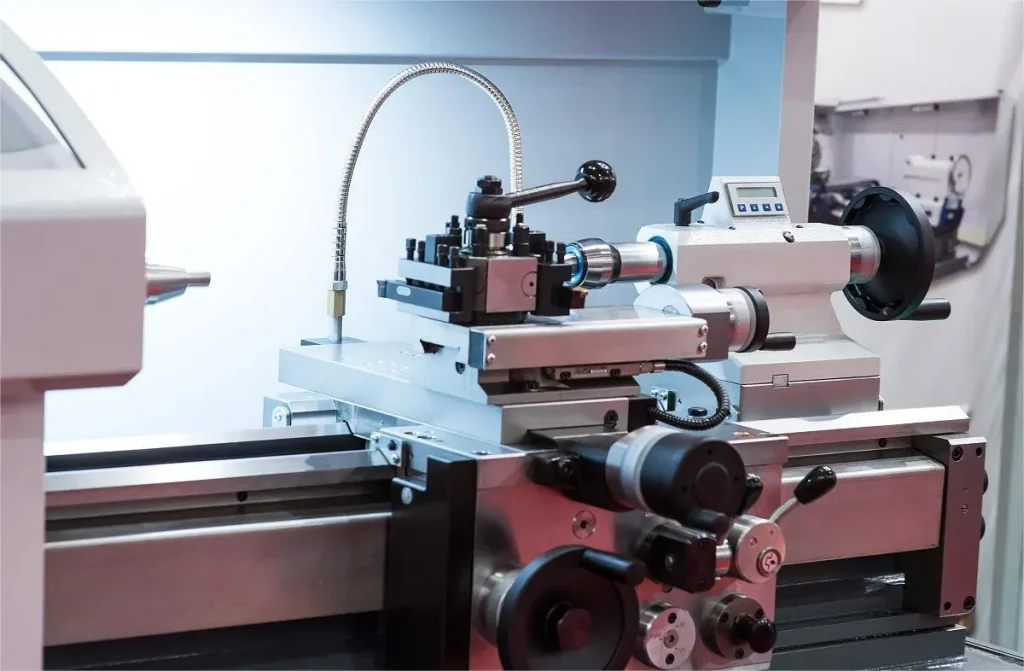
1. Reciprocating cutting:
The reciprocating cutting method creates a reciprocating parallel cutting tool path, maintains continuous movement during the stepping motion, and can maximize the removal of materials without lifting the tool. It is the most economical and hassle-free cutting motion. This cutting method has both forward milling and reverse milling. If the wall cleaning of the operation is enabled, it will affect the direction of the tool path for wall cleaning to maintain the wall cleaning as pure forward milling or reverse milling.
2. Unidirectional cutting:
The unidirectional cutting method produces parallel and unidirectional cutting tool paths, and the return stroke is a fast traversing motion. Because no cutting is generated during the return stroke, it will affect the processing efficiency. Unidirectional cutting can always maintain consistent forward milling or reverse milling cutting. It is usually used for surface processing of islands and occasions where reciprocating cutting methods are not applicable, such as some steep wall ribs, and is generally used for surface finishing.
3. Unidirectional cutting along the contour:
Unidirectional cutting along the contour is used to create parallel, unidirectional, and contour-based tool paths, and always maintains down-milling or reverse milling. The wall quality of the processing is better than that of reciprocating cutting and unidirectional cutting, and the cutting is relatively stable, without impact on the tool, so it is usually used to process parts with relatively high side wall requirements or thin-walled parts.
4. Follow peripheral cutting:
The follow peripheral cutting method is mainly used to create concentric tool paths along the contour sequence. It is obtained by offsetting the outer contour, and all tracks are presented in a closed form in the processing area. The tool path of follow peripheral cutting is a continuous cutting tool path, without empty cutting, and can basically maintain simple down-milling or reverse milling. Therefore, it has both high cutting efficiency and can maintain cutting stability and guarantee processing quality. It is usually used for rough processing of parts with islands and inner cavities.
5. Follow the workpiece cutting:
The follow the workpiece cutting method generates a series of tool paths that imitate all the specified contours of the machined parts, including the peripheral wall of the profiling cutting area and the islands in the profiling cutting area. The shapes of these tool paths are obtained by offsetting the outer contour and island contour of the cutting area. The tool path that follows the workpiece cutting is a continuous cutting tool path. There is no empty cutting, and it can maintain simple down milling or reverse milling. Therefore, it has high cutting efficiency and can maintain cutting stability and ensure processing quality. It is usually used in cavity processing areas with islands.
6. Cycloidal cutting:
The cycloidal cutting method is used to generate small circles around the contour to avoid full cut-in during cutting, resulting in too much material being cut. Cycloidal cutting is suitable for high-speed processing and processing with a relatively uniform cutting load.

